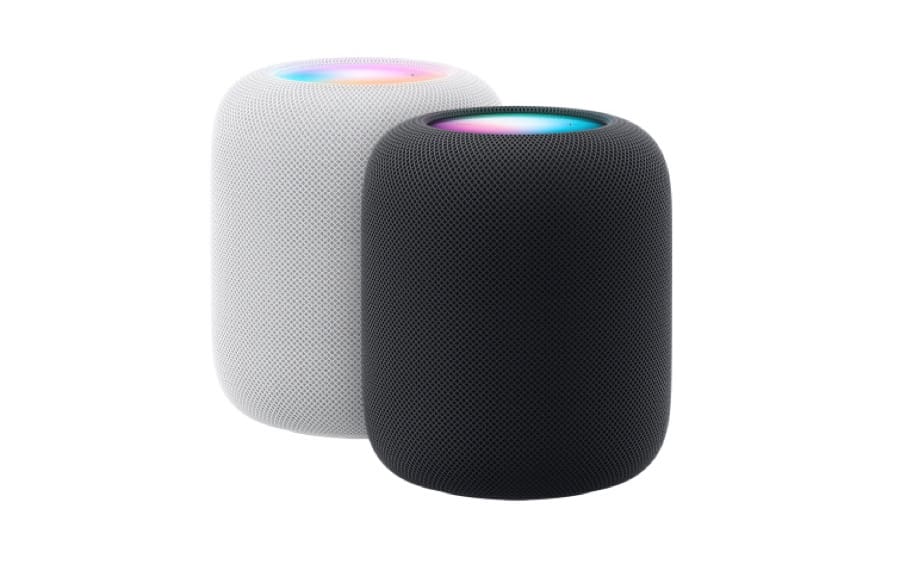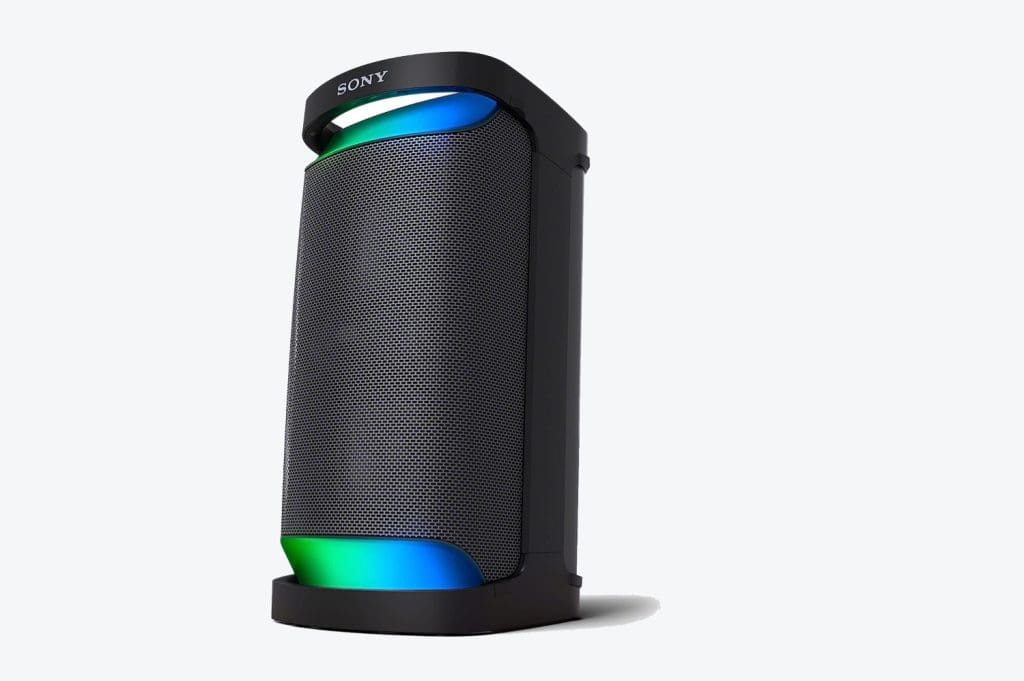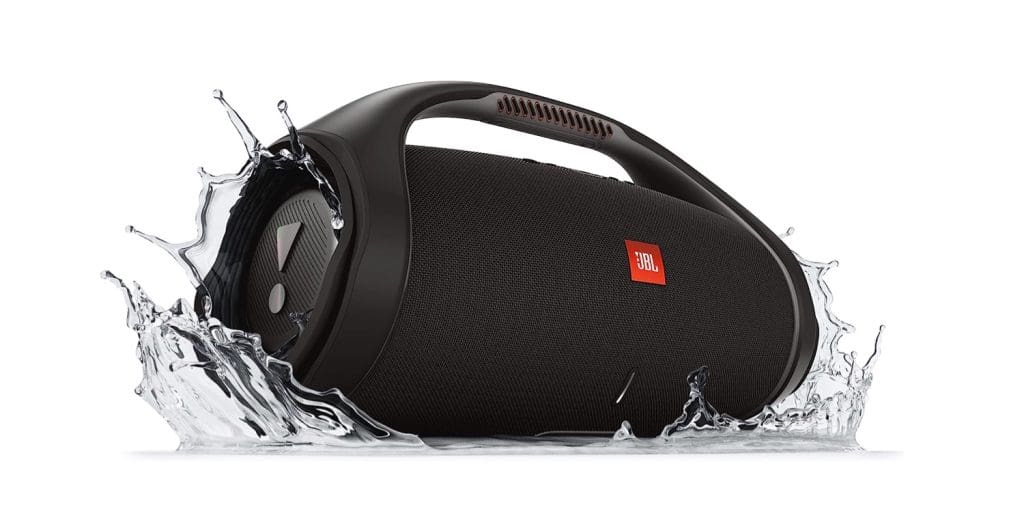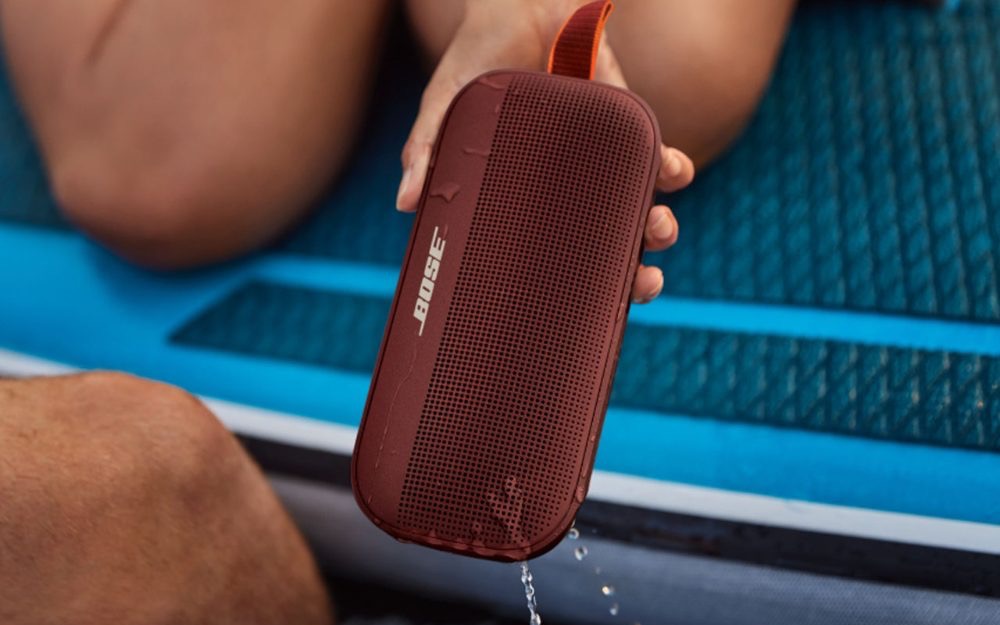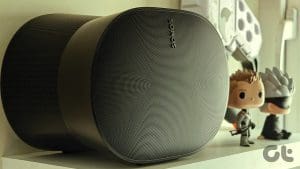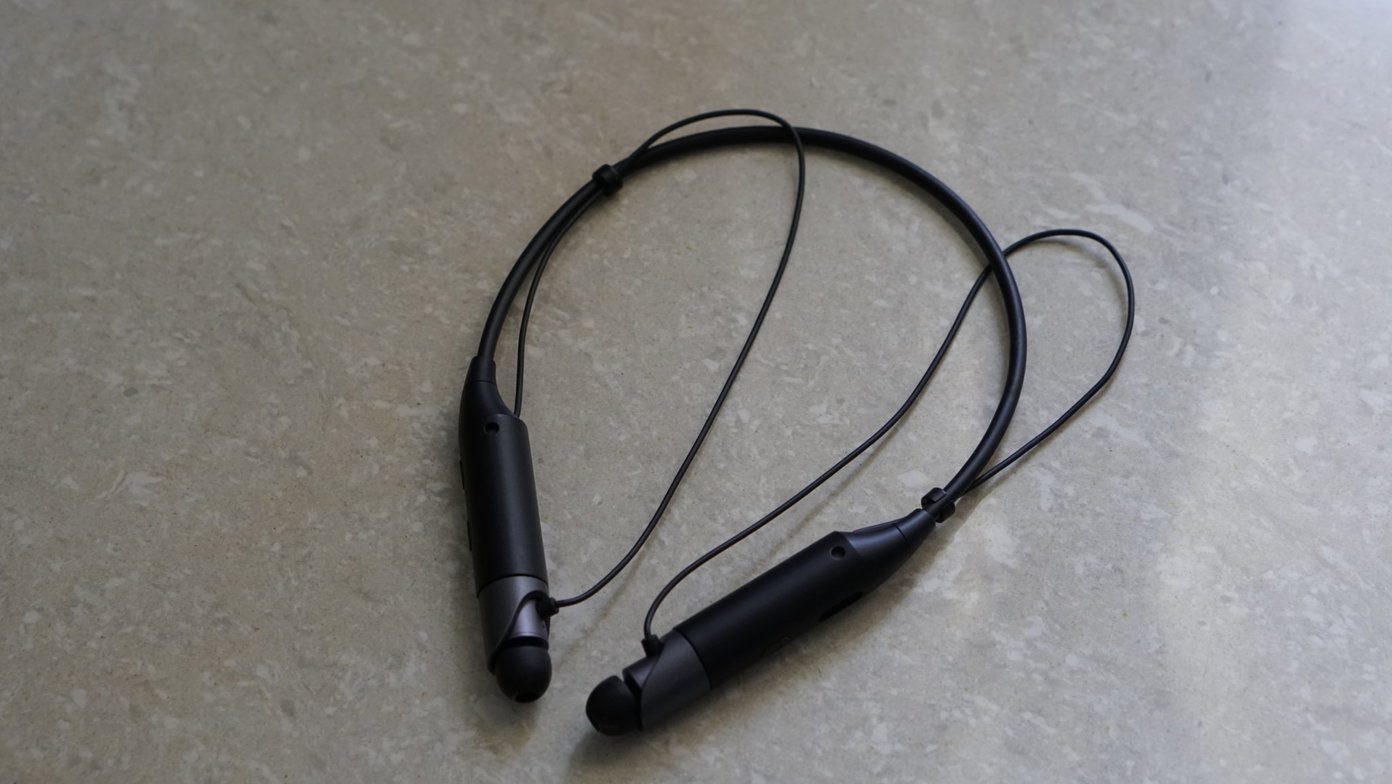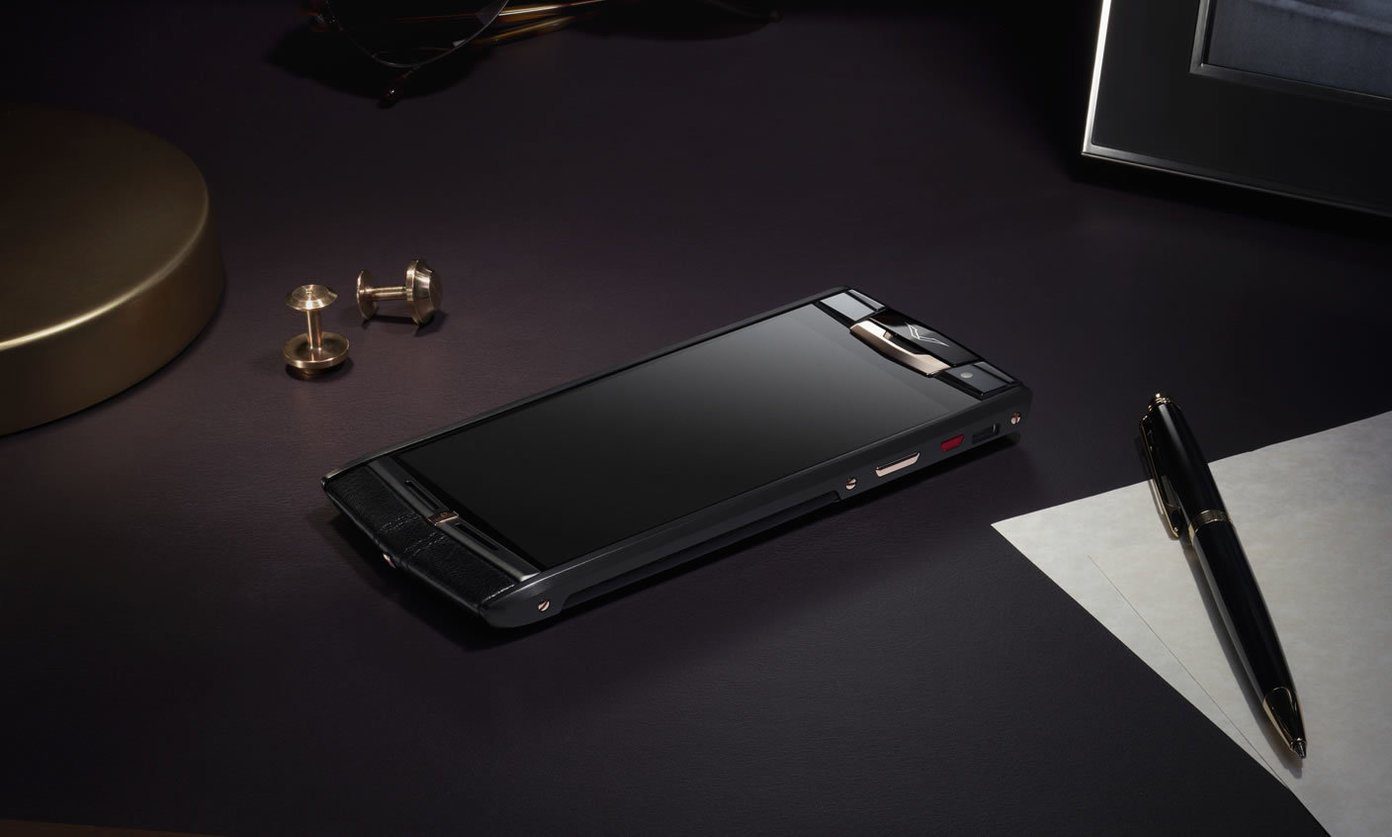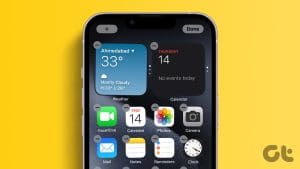Undoubtedly, the Sonos Move is one of the milestone speakers. Not only can this speaker deliver excellent audio quality, but it can also double up as your smart assistant. It’s portable and wireless, which are added plus. But at $399, the Sonos Move is an expensive smart speaker, even though it delivers dynamic audio. So, if you want to save a few bucks without compromising much on the sound quality, here are the best Sonos Move alternatives.

While they may not have the same qualities as the Sonos Move, they deliver impressive audio.
Let’s dive right in. But first,
- Give a new twist to house parties with these party speakers with microphones for karaoke
- Check out these excellent shower Bluetooth speakers
- Are you a bass head? Check out these portable Bluetooth speakers with bass
1. For the Smarts: Bose SoundLink Revolve+
The Google Assistant and Amazon Alexa integration means you can issue voice commands to the speaker. Of course, before that, you will need to connect it to your home Wi-Fi.
One of the main advantages of the SoundLink Revolve+ is its lightweight build. The portable form factor and the handle at the top means you can easily carry it. Plus, the finish is premium.
Moving to the sound quality, this Sonos Move alternative sounds terrific. The bass and treble are on point, and you’ll be able to listen to the intricate details in songs. Plus, for its size, the bass is not bad either. Do note that it supports LDAC and aptX Adaptive Bluetooth codecs. The only downside is that it uses microUSB port for charging.
If you do not want to spend much on a speaker, then this Bose speaker proves to be one of the best Bluetooth speakers out there.
Also See: 4 Best Bose Speakers for All Budgets in 2023
2. For the Apple Fan: Apple HomePod
The audio quality is premium and does justice to songs from all genres. And the strong bass is the cherry on top. Like the Move’s TruPlay tech, the Apple HomePod also calibrates the sound as per the surroundings, thereby letting you have a fuller sound. It can even detect movements, thanks to the built-in accelerometer.
If you want to listen to songs from Deezer or Tidal, you will have to do so with AirPlay. For now, it supports Apple Music and Spotify through voice commands.
One of the biggest limitations is that the Apple HomePod is strictly an indoor speaker and needs continuous power.
The Apple HomePod Mini, which costs significantly less, has now succeeded the HomePod. Thankfully, there’s no indication of its discontinuation.
3. The Party Speaker: SRS XP500 Wireless Portable Speaker
The Sony XP500 speaker stands apart from the rest with its audio output. It can get loud without distortions. At the same time, the audio output is powerful and clear and is accompanied by a deep and well-defined punch. It can play a variety of music genres. And when needed, you can listen to podcasts.
This Sonos Move alternative — while not smart — is a wireless device. When charged, the battery can last a maximum of 25 hours. But at this point, do note that the battery life will deplete faster if you crank up the volume level.
As opposed to the carrying nook of the Sonos Move, the Sony XP500 comes with a handle at the top. Naturally, this makes it easy to carry it around. Lastly, the RGB lighting can be customized as you like, and the IPX4 rating keeps the speaker safe from water exposure. Do note that it’s not waterproof.
Also See: 5 Best Bluetooth Karaoke Microphones for Wireless Karaoke Fun
4. Also Great: Ultimate Ears MegaBlast
Apart from supporting the Alexa smarts, this one lets you stream songs from Amazon Music, Spotify, TuneIn, and iHeartRadio through voice commands. If the Wi-Fi network is decent, you can issue the said commands, and the rest will be taken care of by the speaker and Alexa.
The loud volume means you can also use it as an outdoor speaker. And if you need to stream songs at that particular point, connect it to your phone’s hotspot.
But at the end of the day, the Ultimate Ears MegaBlast is a tad old compared to its peers in this list. On the upside, it’s waterproof, and its lightweight nature makes it easily portable.
5. Best Bargain: JBL Link Portable
The Link Portable is considerably smaller and lighter than the Sonos Move. It weighs a mere 1.6 pounds against the 6.6 pounds of the Sonos Move. And the small build means you can easily carry it in your backpack or tote bag.
The battery life is a little disappointing. A single charge yields just around 8 hours. However, it’s safe to say it will last you a day on the beach or outlive small gatherings and parties. It tries to make that up with a charging cradle. So you do not have to buy separately.
Aside from the above, it has its little bag of tricks. You can ask the Google Assistant to set reminders & alarms, play your favorite podcast, control smart home lights, or ask it to stream songs from Spotify. The number of supported music services is significantly small, but for $100, it’s one of the cheapest portable smart speakers.
And hey, it’s durable and has a rating of IPX7, making it fully waterproof.
6. For Bassheads: JBL Boombox 2
But at the end of the day, you can consider it as a Sonos Move alternative only from the audio point of view. It needs important features, such as smart assistant integration, Wi-Fi, companion app, and EQ adjustments.
To Move or Not to Move
These were some of the best Sonos Move alternatives. The Sonos Move is not just a premium speaker but also acts as a smart home base, making it a tad difficult to find the right alternative. The Bose SoundLink Revolve+ is one of the best Bluetooth speaker if you want the whole experience. As for the others, you have to let go of a few things, such as the option to pick the right assistant. The mantra here is to pick the right speaker, which suits your requirement the most.
So, which one will you pick?
Was this helpful?
Last updated on 17 August, 2023
The article above may contain affiliate links which help support Guiding Tech. The content remains unbiased and authentic and will never affect our editorial integrity.


